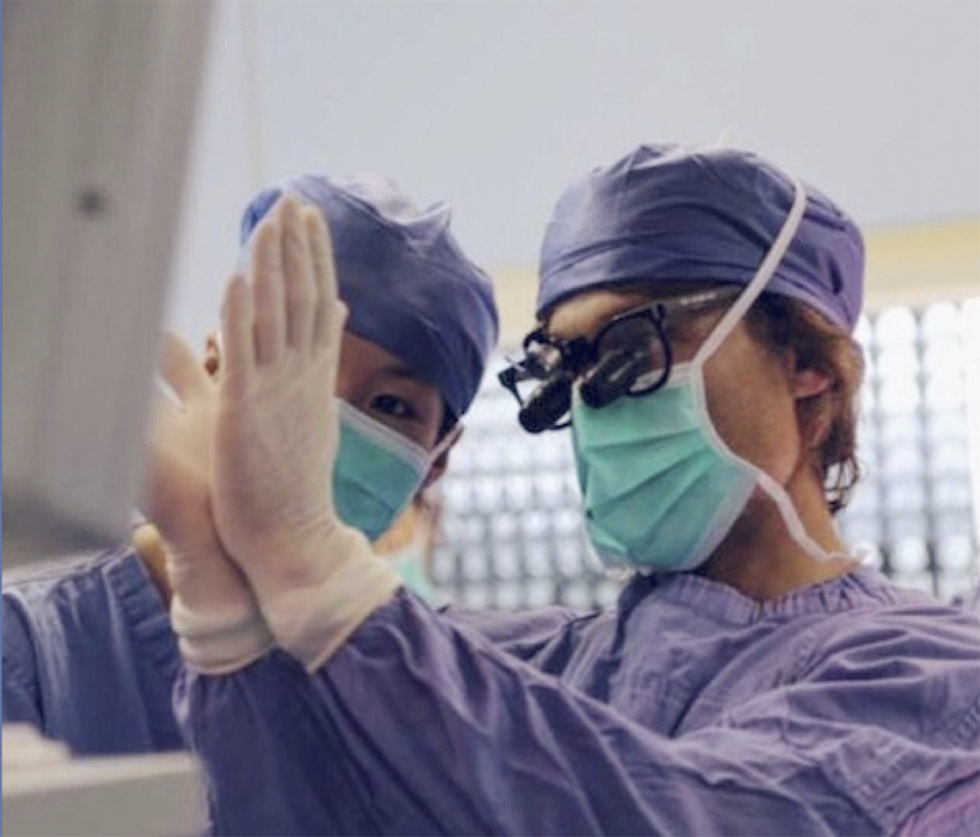Blepharoplasty (cosmetic eyelid surgery) can be performed on the upper lids, lower lids, or both. The eyelid skin and muscle are always either excised (removed) or left in place if they are not in excess. The last component of the eyelid which must be addressed is the fat compartments. The upper lid has two fat pads (the middle and central). There is no outer fat pad but rather a tear gland (lacimal gland) in its place. The tear gland must not be confused for fat, as if it is excised it can lead to permanent dry eye and other complications.
The lower lid has three fat pads (middle, central and outer). This is an important distinction between the upper and lower eyelids which the surgeon must be aware of.
Traditionally we have excised fat from eyelids to make them look less puffy (prominent). What we have seen is that this can, over time, give a hollow or skeletonized appearance to the lids. As we have come to understand this very important concept, our evolution of eyelid surgery has changed from primarily one which removes fat, to one which preserves it when appropriate. The preservation process is called fat repositioning, whereby eyelid fat is not removed, but rather shifted into placed where it is deficient to fill in hollows (just as Restylane or Juvederm does). This is a great asset to surgery as it allows us to use our own fat to fill depressions and may avoid the need for the use of filler (such as Restylane and Juvederm).
Fat repositioning is typically performed on the lower lids, and has recently been shown to also be useful in upper blepharoplasty. A peer reviewed publication on upper lid fat repositioning written by Dr. Guy Massry (Beverly Hills Ophthalmic Plastic Surgery) has recently been accepted for publication in the Journal Ophthalmic Plastic and Reconstructive Surgery (it is now in press). The manuscript is titled “Nasal Fat Preservation in Upper Eyelid Blepharoplasty.” The research has also been presented at national metings.


